Why Peanut Butter Is Mainly Popular In Just The United States
Find out why other countries don't share the United States' love of peanut butter.
This article is more than 2 years old
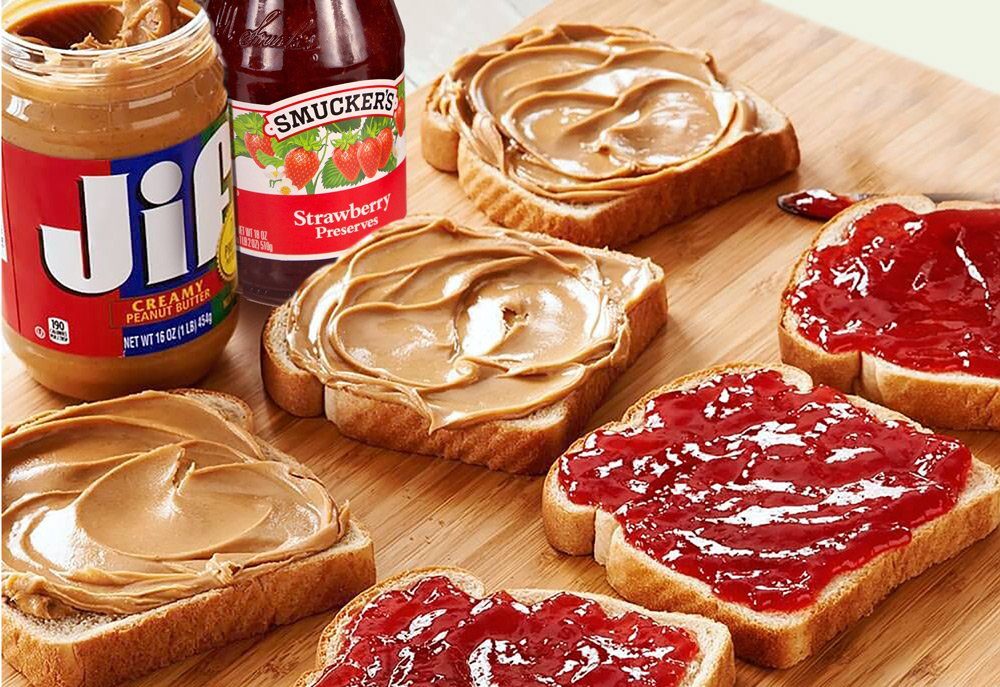
Peanut butter, indisputably, is a pantry staple in the United States. Collectively, Americans consume upwards of one billion pounds of peanut butter each year and we fork over about $800 million to make sure our cabinets are always fully stocked. We put peanut butter on sandwiches. We make peanut butter cookies. It is utterly delicious atop Oreos. If you prefer to go the healthier route, it is also great on apples, bananas, celery, or carrots. Or, if you are like me, peanut butter is great to eat by the spoonfuls right out of the jar. Yum!
All in all, we are a nation full of peanut butter lovers. However, not everyone in the world shares the same reverie for peanut butter as those of us in the United States who were practically raised on PB&J. Since our love for peanut butter runs as deep as the peanuts that grow in the ground, we set out on a quest to discover why Americans love peanut butter and why so many people in other parts of the world, frankly, just don’t.
PEANUTS IN PERU
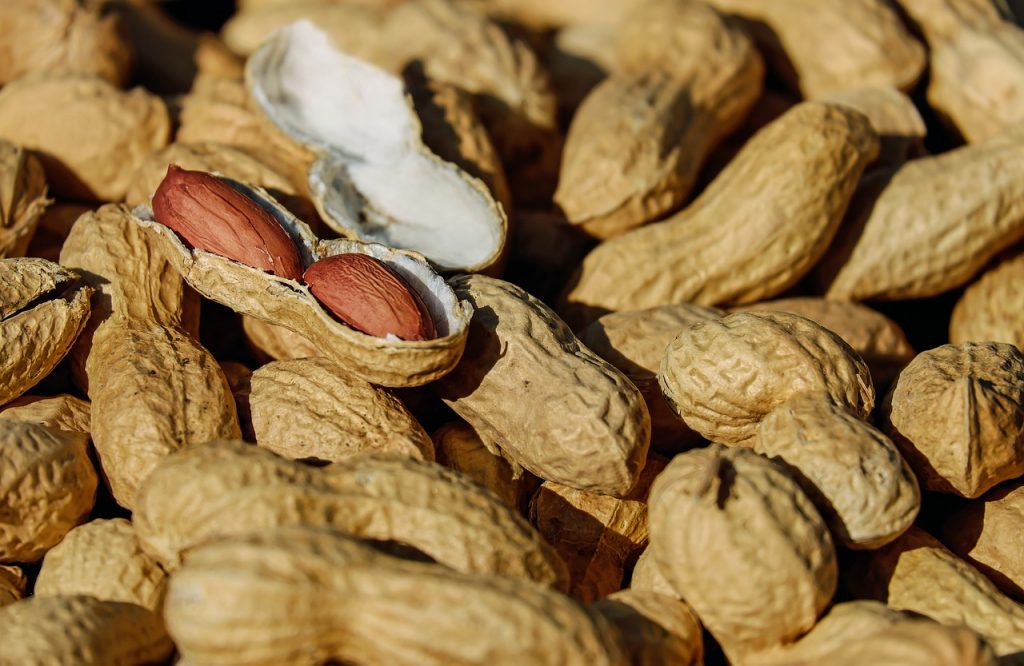
Peanut butter would have never existed in the United States if the peanut plant itself never made its way here. And what a roundabout journey it was. Peanut plants are thought to be native to either Peru or Brazil. Historical evidence suggests that peanuts were both eaten and revered by the ancient Incas as well as various indigenous tribes in Brazil. Peanuts remained sequestered in those regions in South America for centuries. It wasn’t until European explorers arrived that the rest of the world would discover the peanut plant.
Those early European explorers brought the peanut plant back to Spain. The Spanish then traded the plant to Asia and Africa. Africans were the first people to bring peanuts to the United States in the early 1700s.
PEANUTS POPPING UP

It wasn’t until the early 1800s that peanuts started to become a prominent crop in the US. Still, even when peanut production did increase peanuts themselves weren’t particularly popular. They were largely viewed as food ideal for livestock or for those living in poverty. What also hindered their popularity was the fact that at the time, due to a lack of farming technology, peanuts were difficult and time-consuming to grow and harvest.
By the late 1800s, however, peanut popularity began to increase. Many credit the surge in peanut popularity to PT Barnum and his circus wagon. While traveling with his wagon, PT Barnum began roasting peanuts in the shell and offering them to his audience as a snack they could indulge in while watching his circus. His roasted peanuts really took off, but it wasn’t enough to solidify the peanut’s place in popular culture.
THE PEANUT PLANT PREVAILS
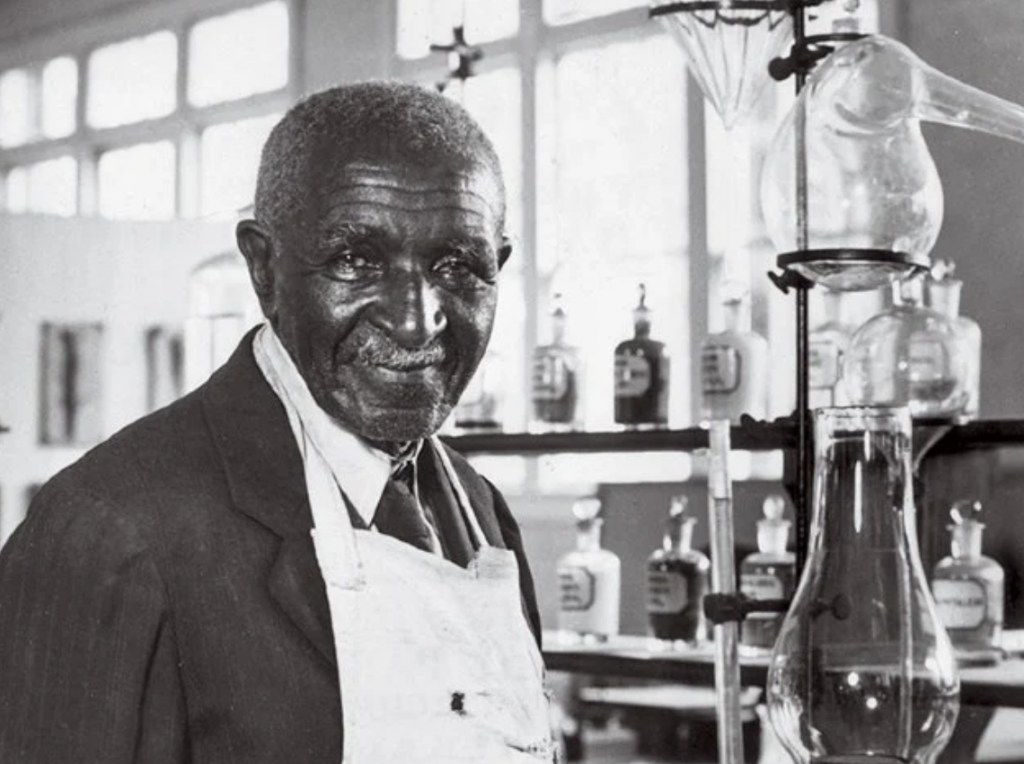
The United States has George Washington Carver to thank for the true staying power of peanuts. A staying power that would eventually lead to the making of peanut butter. In the early 1900s, the south suffered an extremely poor cotton harvest. Carver suggested that farmers replace the suffering cotton plants with peanut plants. Farmers took Carver’s advice and many farms and livelihoods were saved as a result. Carver, who was a researcher at the Alabama Tuskegee Institute, continued to study peanuts and eventually published 300 different ways in which the versatile crop could be used.
PASTY PEANUTS
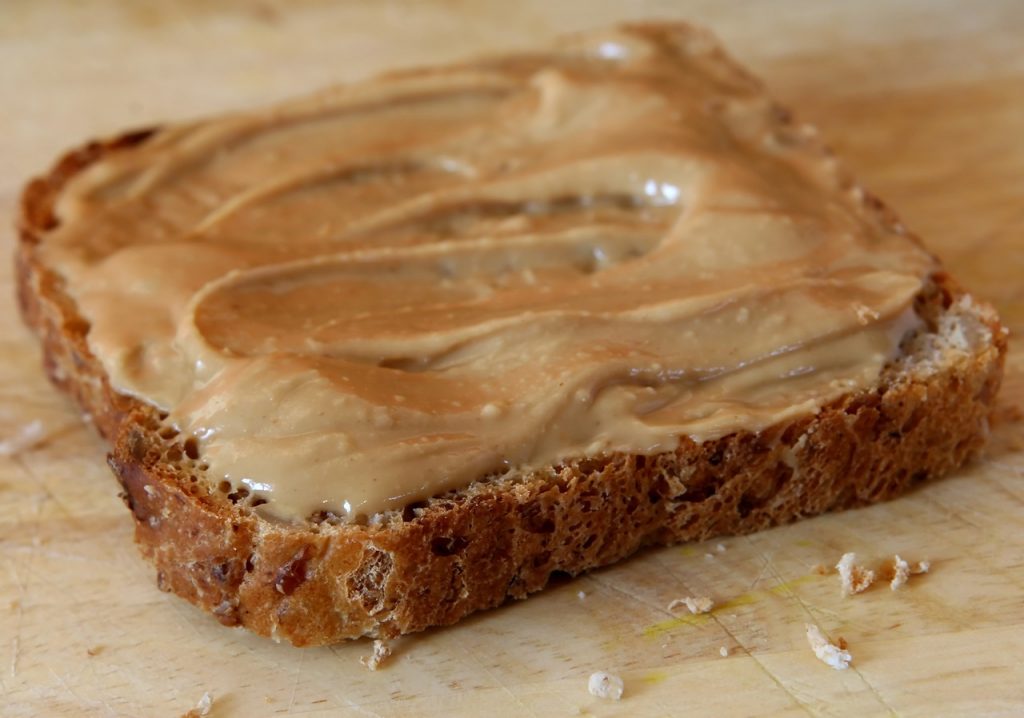
George Washington Carver can be largely credited with popularizing peanuts in the United States and making people aware of much potential the little nuts possessed. Perhaps it was Carver’s information that helped to inspire a trio of people to come up with their own variations of Peanut Butter. Marcellus Gilmore Edson, John Harvey Kellogg, and John Bayle all came up with their own varieties of the spread in the late 1800s and early 1990s.
Peanut Butter was officially introduced at a commercially available level in the United States in 1904 at the St. Louis World’s Fair. After Joseph Lampert invented peanut butter-making machines, however, peanut butter production began to ramp up significantly. Early on, it was recommended as a protein supplement by doctors for those with poor or few teeth. However, during WWI peanut butter began to appeal to the masses. Wartime called for the public to ration. These rationing days were called “Meatless Mondays.” On these meatless Mondays, a great many people started to opt for the sticky spread as an alternative to meat.
THE PEANUT BUTTER PROBLEM
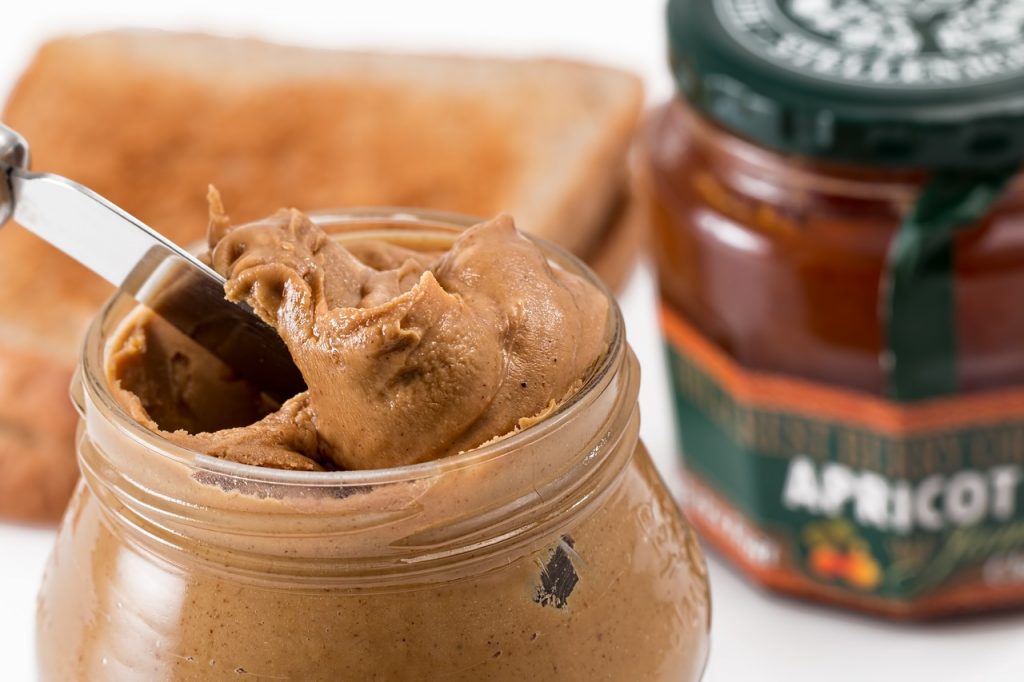
Even though WWI helped to bolster the popularity of peanut butter, there was still one downside to the spread. When in the jar, the natural oils in the nuts would separate and concentrate at the top. Hence, it constantly has to be stirred to reincorporate the oil into the spread. This wasn’t exactly convenient or enjoyable.
In 1922, though, this problem would be forever rectified. Joseph Rosefield, a chemist, applied the chemical process of partial hydrogenation to peanut butter in order to make the desirable spread more shelf-stable. His timing couldn’t have been more perfect because it was during this time that commercially produced sliced white bread was coming into the public’s purview. It was a fated occurrence if there ever was one.
When WWII came around, peanut butter gained even more notoriety. PB&J sandwiches were consumed by the troops overseas in order to keep them going while on active duty. Following the war, the sumptuous spread remained popular, as did PB&J sandwiches. Iconic brands like Peter Pan, Skippy, and Jif were created. Peanut butter was now a permeant pantry staple, and the rest, as they say, is history.
PALTRY WORLD APPEAL
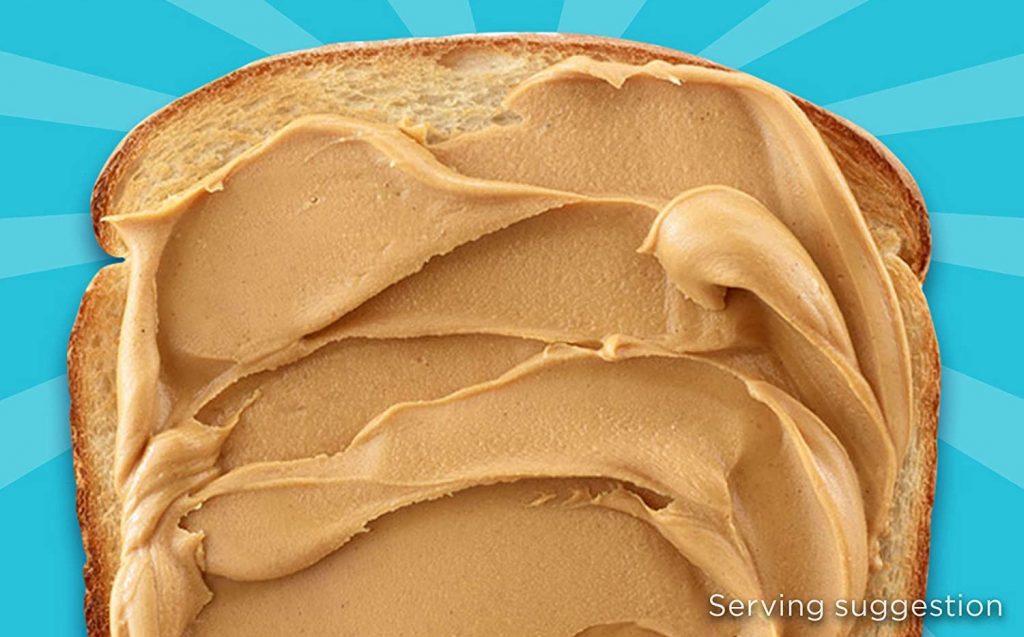
Peanut Butter found its way into the hearts and minds of Americans and never left. However, much of the world doesn’t see the appeal. This is particularly true in Europe where, as the Huffington Post pointed out, “The average European eats less than one tablespoon of peanut butter a year.” That figure is exceedingly telling, especially when compared to the 7.9 pounds of peanut butter products that the people in the United States consume annually.
It’s not just the Europeans who have failed to catch the peanut butter bug, you’d be hard-pressed to find it in countries like China, Denmark, Sweden, the Czech Republic, as well as in most South American countries. Although, it is nice to know that our Canadian neighbors to the north do share our peanut butter-loving affinity.
Still, why do so many people dislike or just don’t see the appeal of peanut butter? The answer, unfortunately, is pretty inconclusive. Peanut butter’s lackluster popularity in other countries can possibly be attributed to cultural cuisine preferences. For instance, dishes in other countries just might not call for peanut butter. Hence it never really had the chance to grow in popularity. Or in the UK, for example, Jam or Nutella are the preferred spreads. It’s okay though, we in the United States eat enough of the savory spread to cover the world’s populous and we like it that way. Ana Navarro, a Nicaraguan-born political commentator put it best when she told NPR that the day she knew she became fully American was “The day I realized I loved peanut butter.”



